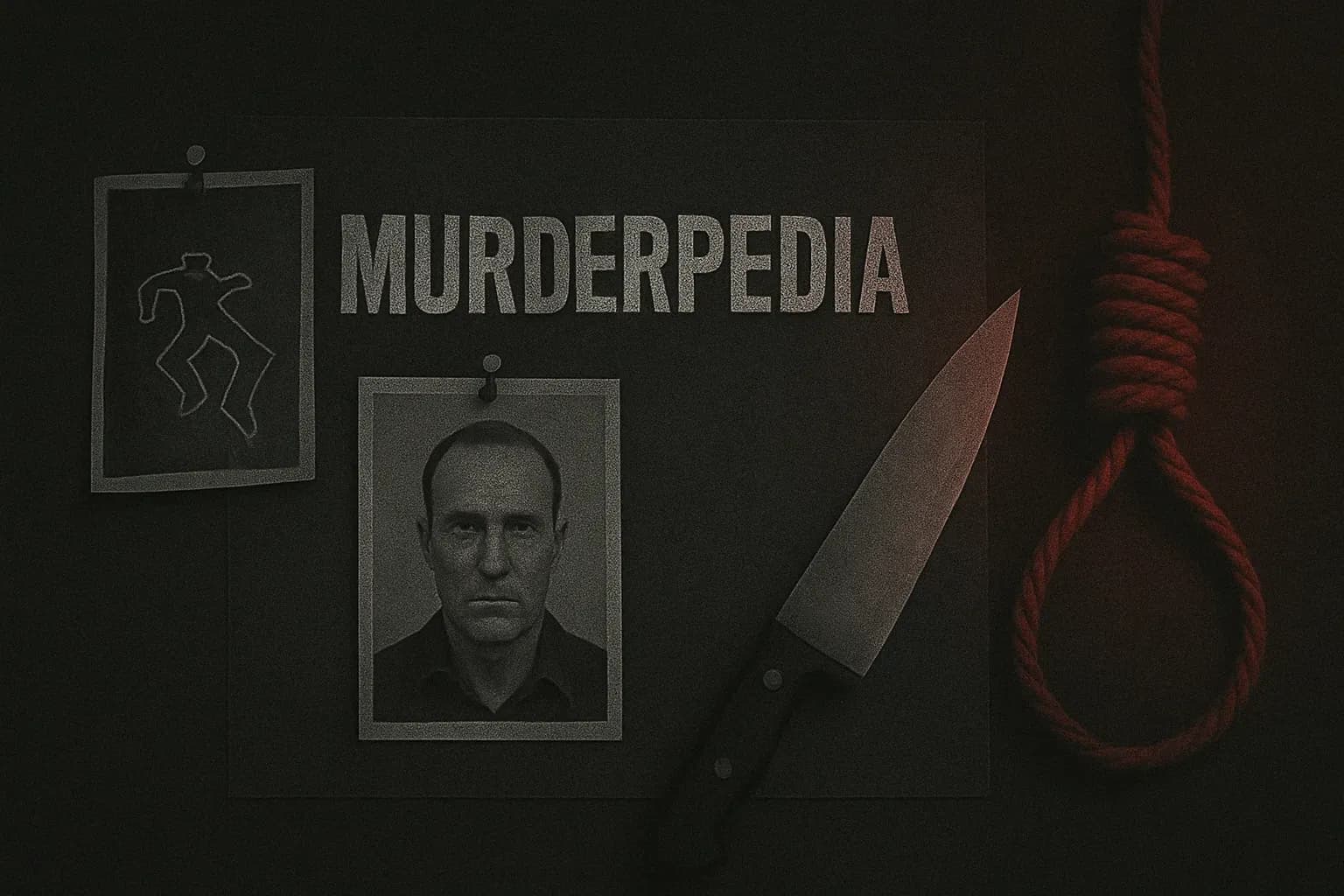
Loading map...
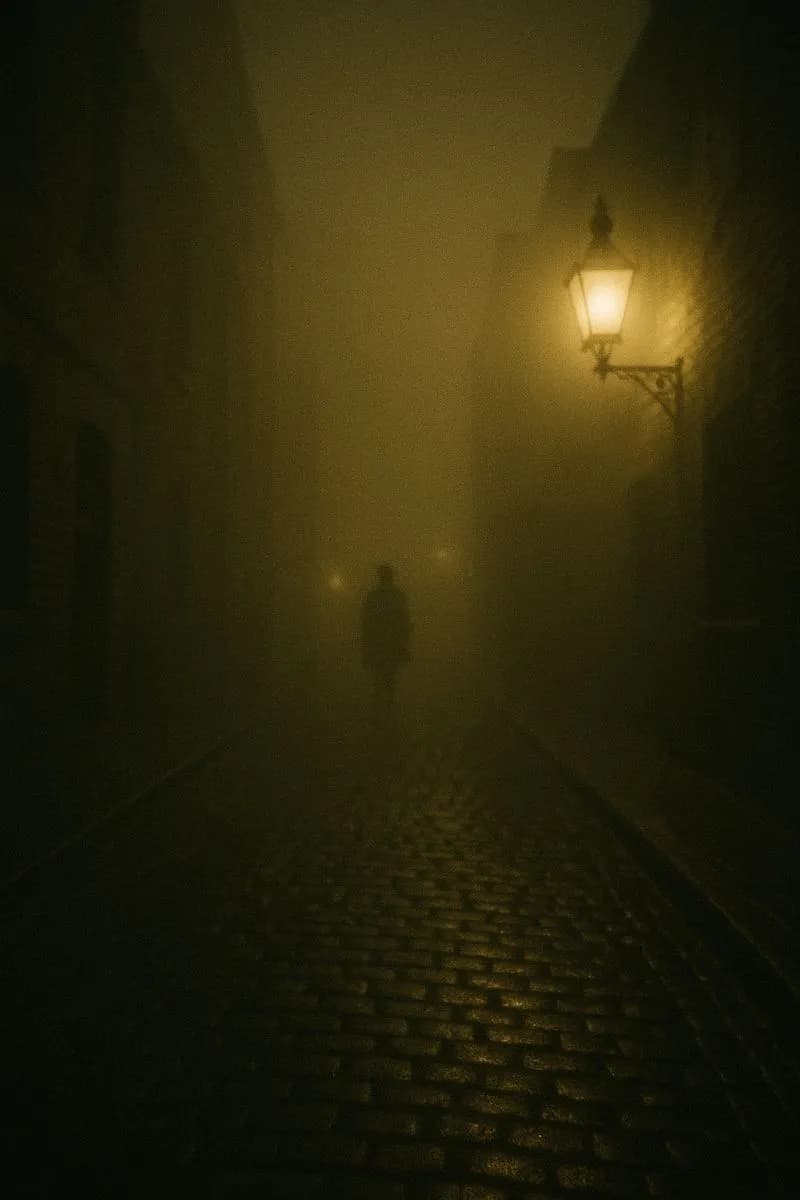
Whitechapel, London, UK
Shadows Over Whitechapel: When Jack the Ripper Wrote History in Blood
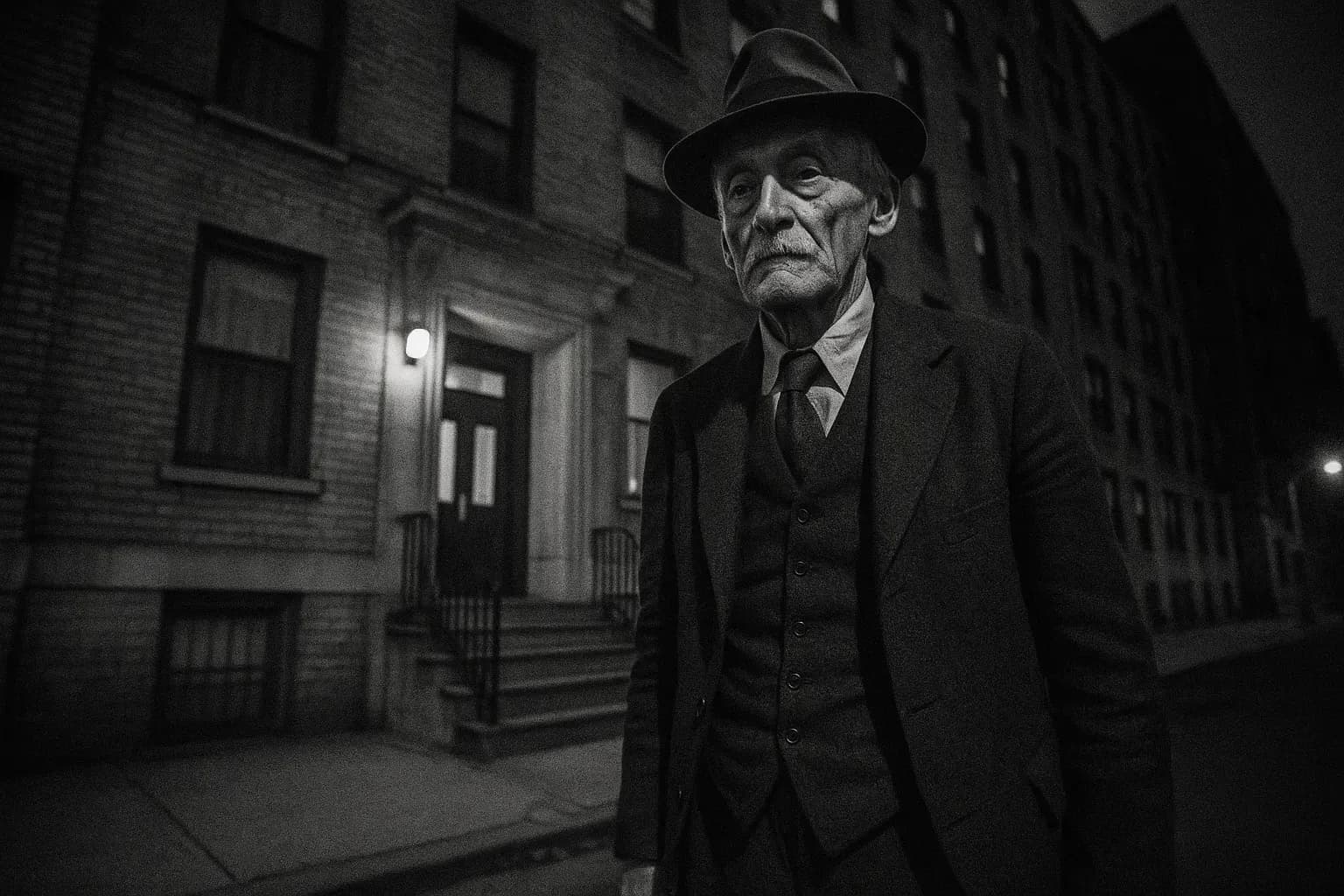
Manhattan, New York City, USA
Albert Fish: Grace Budd's Killer and Cannibal Revealed
6/6/2025
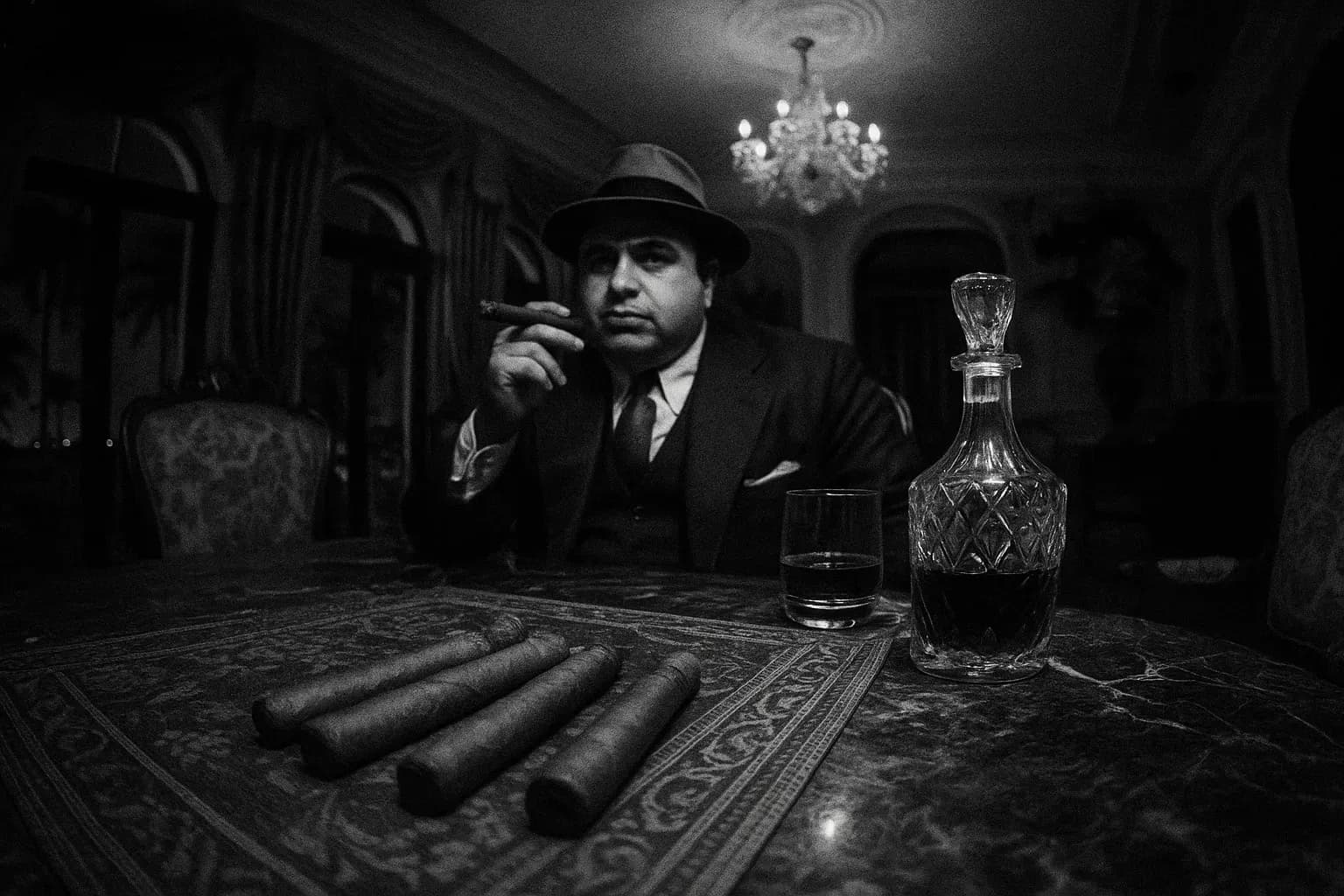
Chicago, Illinois, USA
Al Capone: Prohibition king, Chicago bloodbath and Alcatraz end
6/6/2025
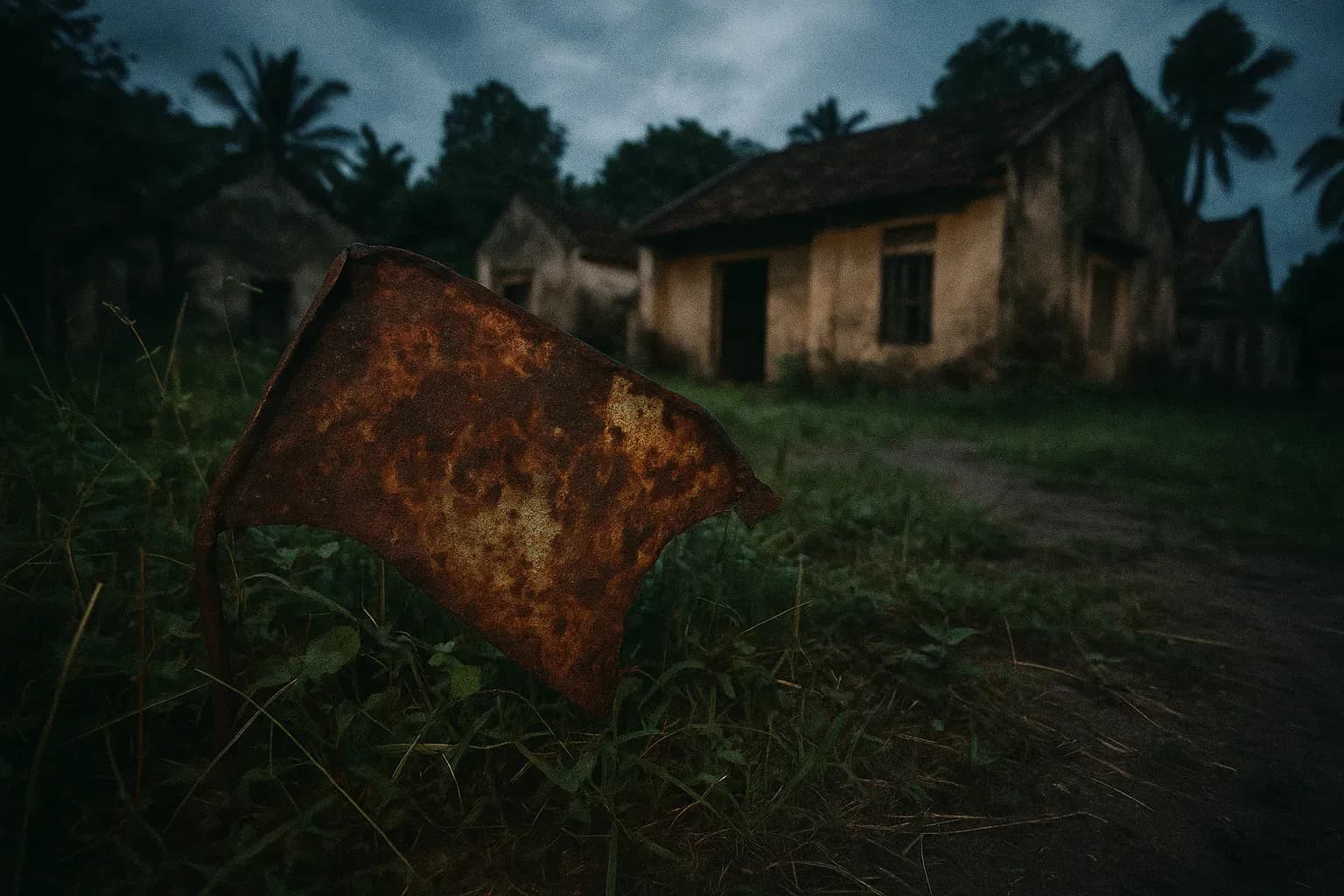
Ho Chi Minh City, Vietnam
Agent Orange: USA's harmful war in Vietnam – lawsuit
6/6/2025

Antigua
Robert Allen Stanford: Ponzi King sentenced to 110 years
6/6/2025
%2520criminal%2520cases.webp&w=3840&q=75)
Brooklyn, New York City, USA
6ix9ine: Kidnapping and FBI Informant in NY Gang World
6/6/2025

Amager, Copenhagen, Denmark
The Amager Man: Marcel Lychau Hansen – 23 Years of Terror Exposed
6/6/2025
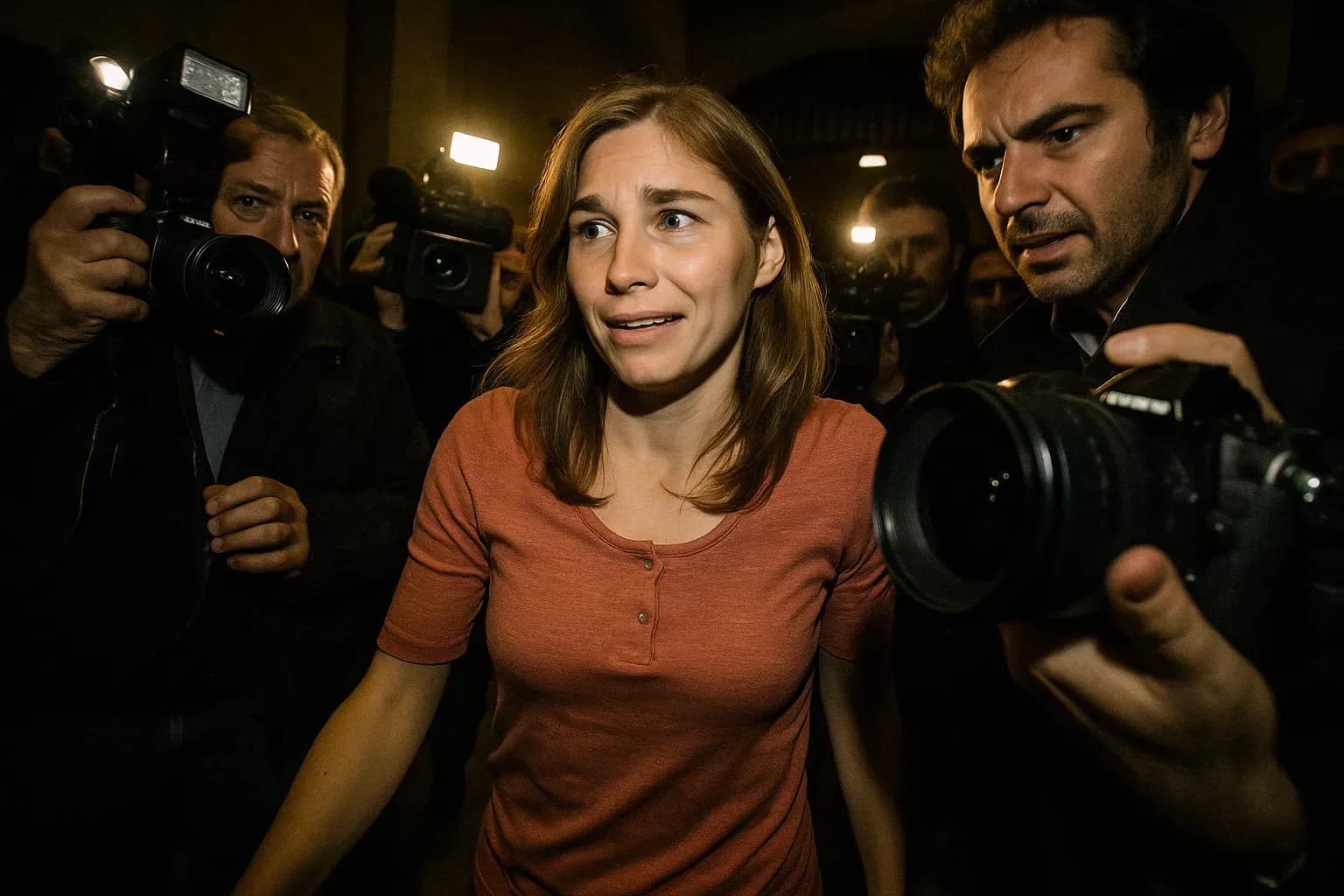
Perugia, Umbria, Italy
Amanda Knox: murder in Perugia, drama, and acquittal
6/6/2025
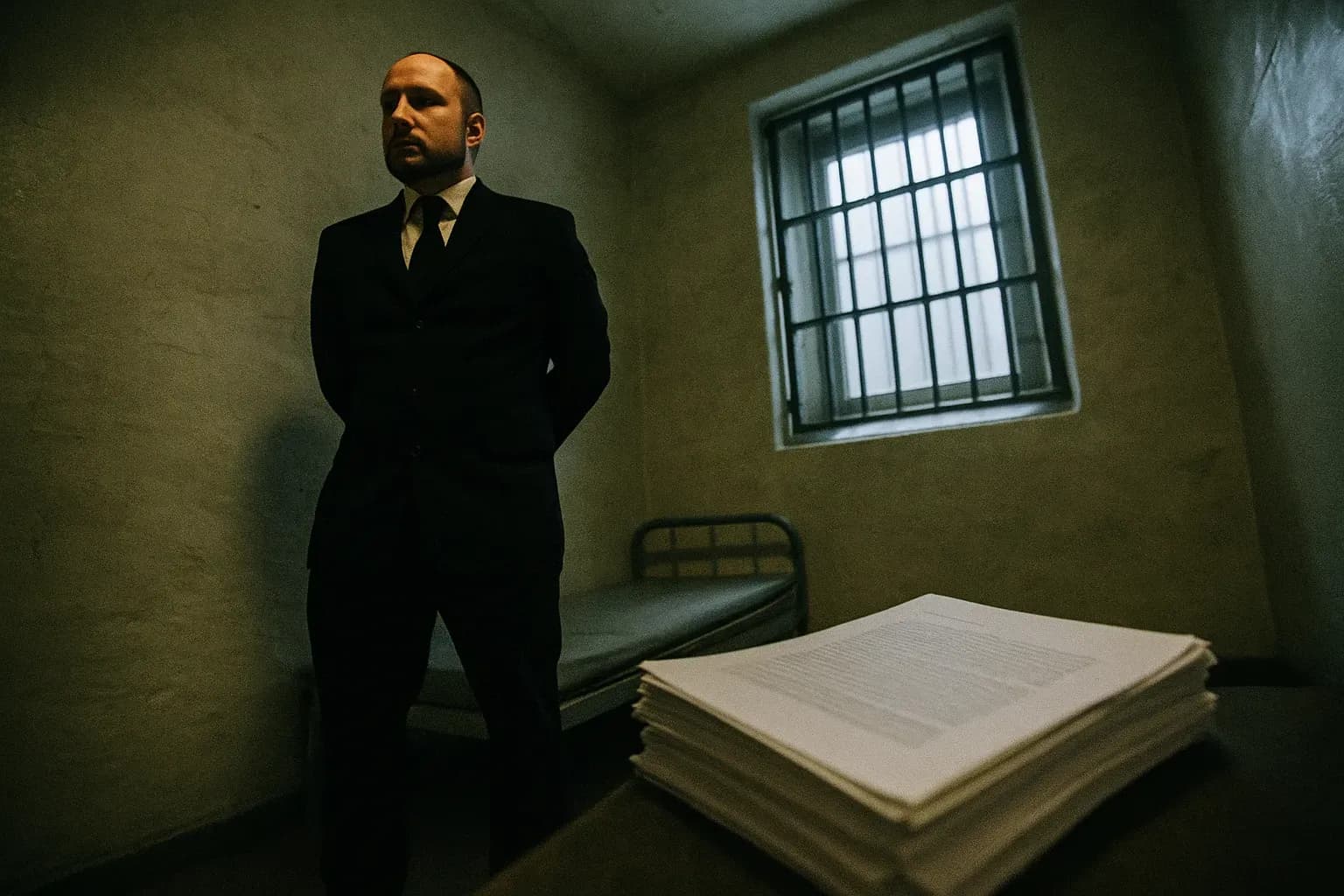
Oslo, Norway
Anders Behring Breivik: Norway's 22 July Tragedy
6/6/2025

Curaçao, Netherlands Antilles
Amy Lynn Bradley: Disappeared førom Rhapsody of the Seas
6/6/2025

Amazonas, Brazil (Amazon rainforest region, Brazilian Amazon)
Amazon in Crisis: Environmental Crime and Climate Fight
6/6/2025

Bukombe, Shinyanga Region, Tanzania
The Albino Murders: Superstition's Bloody Cost
6/6/2025